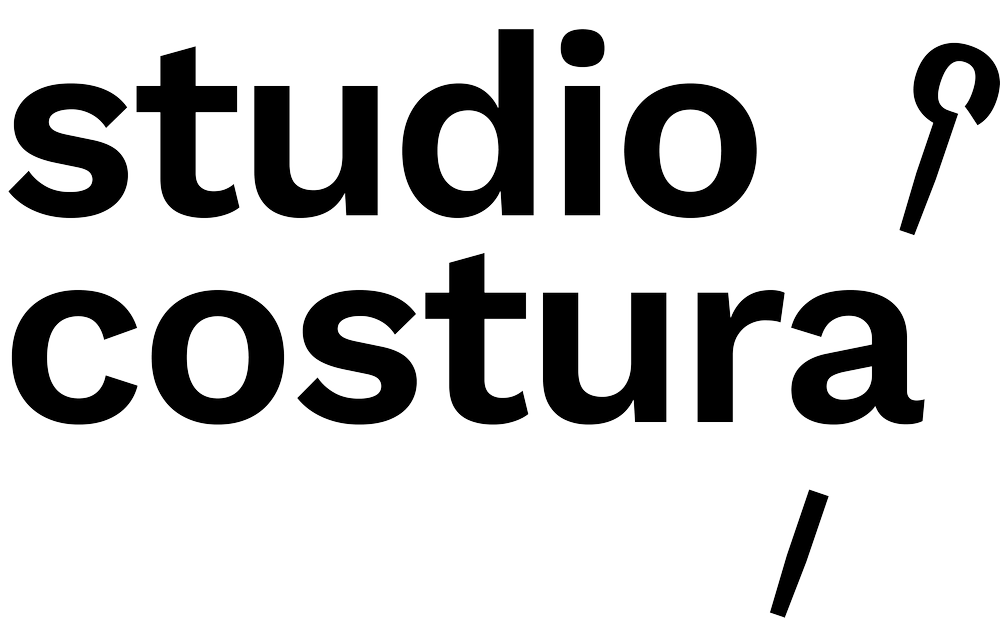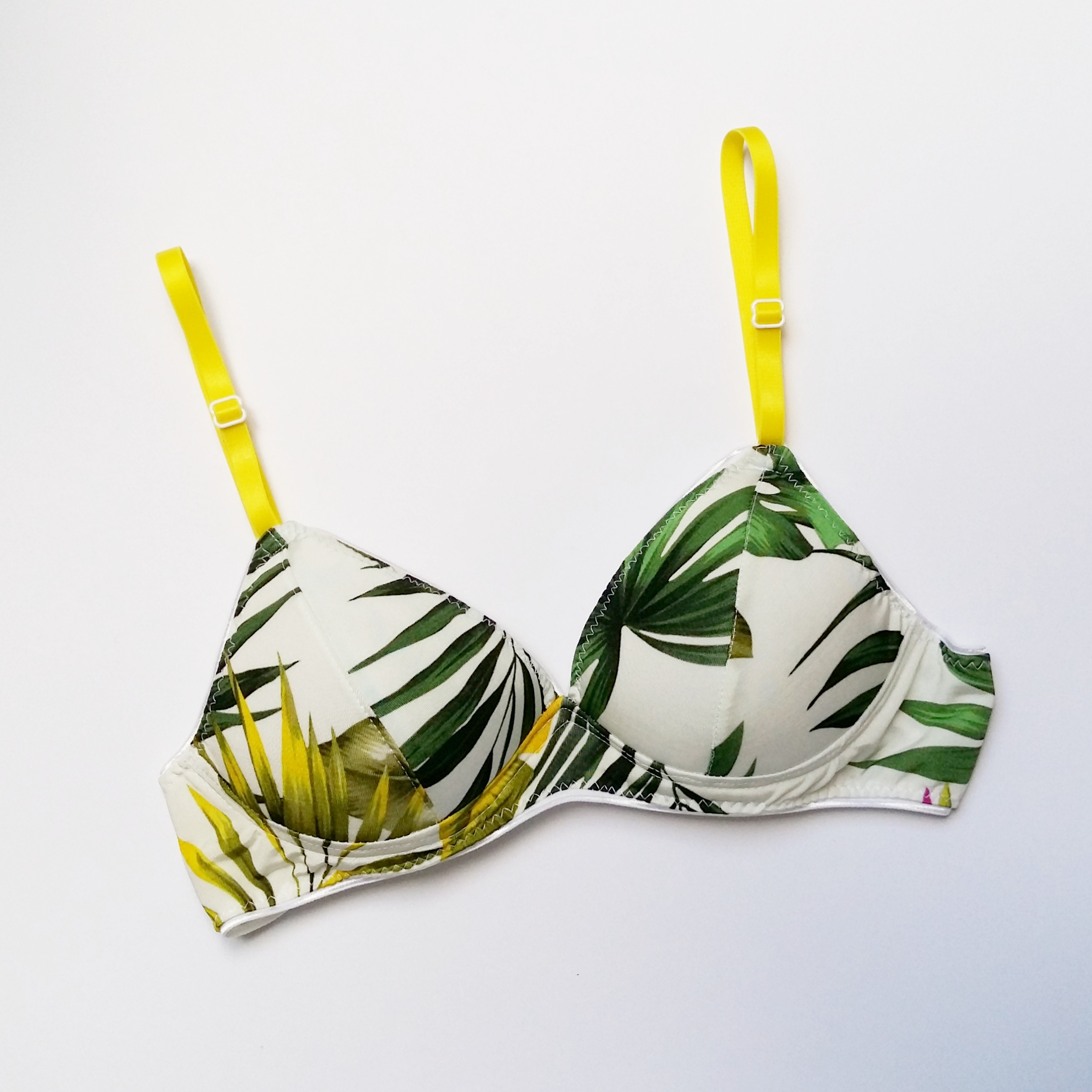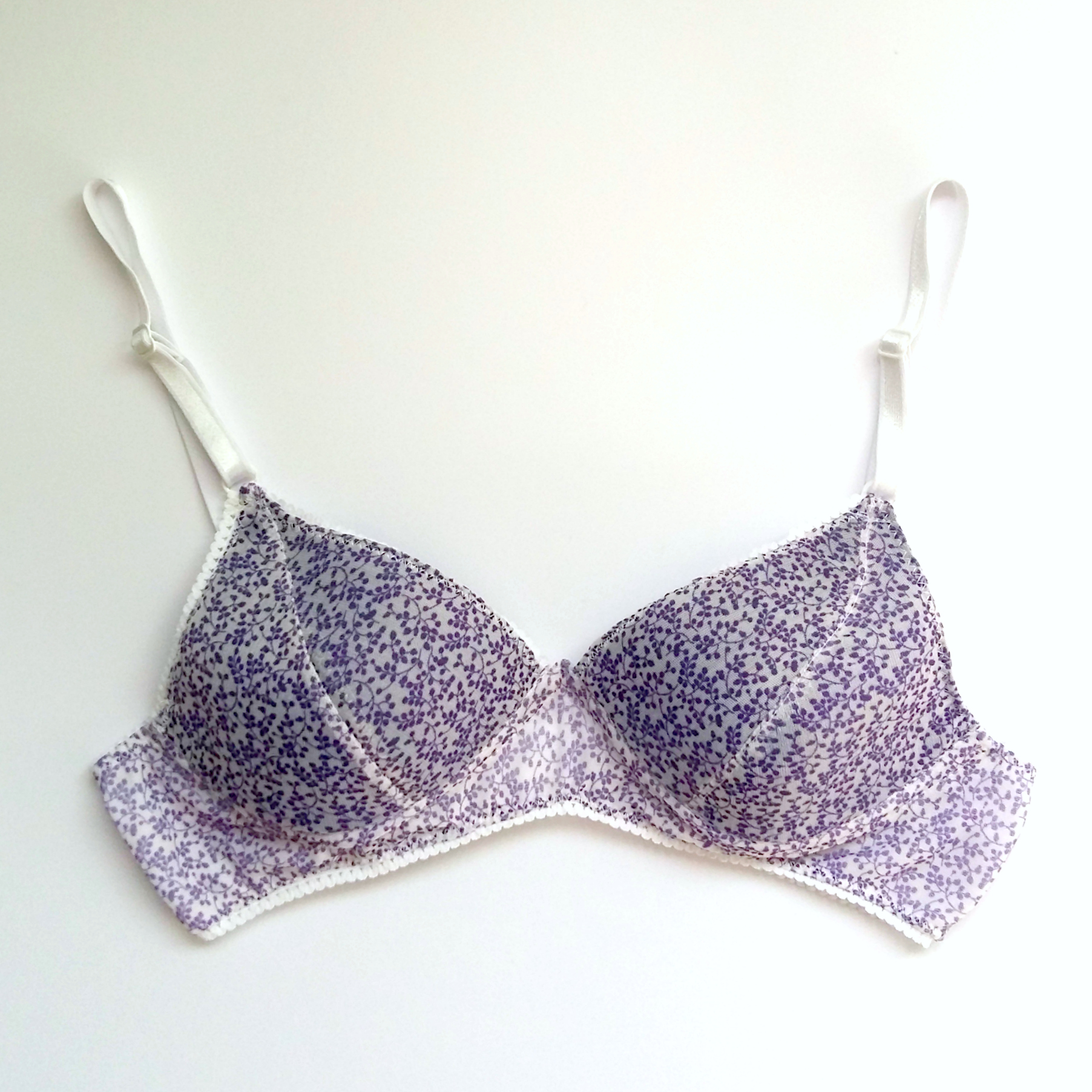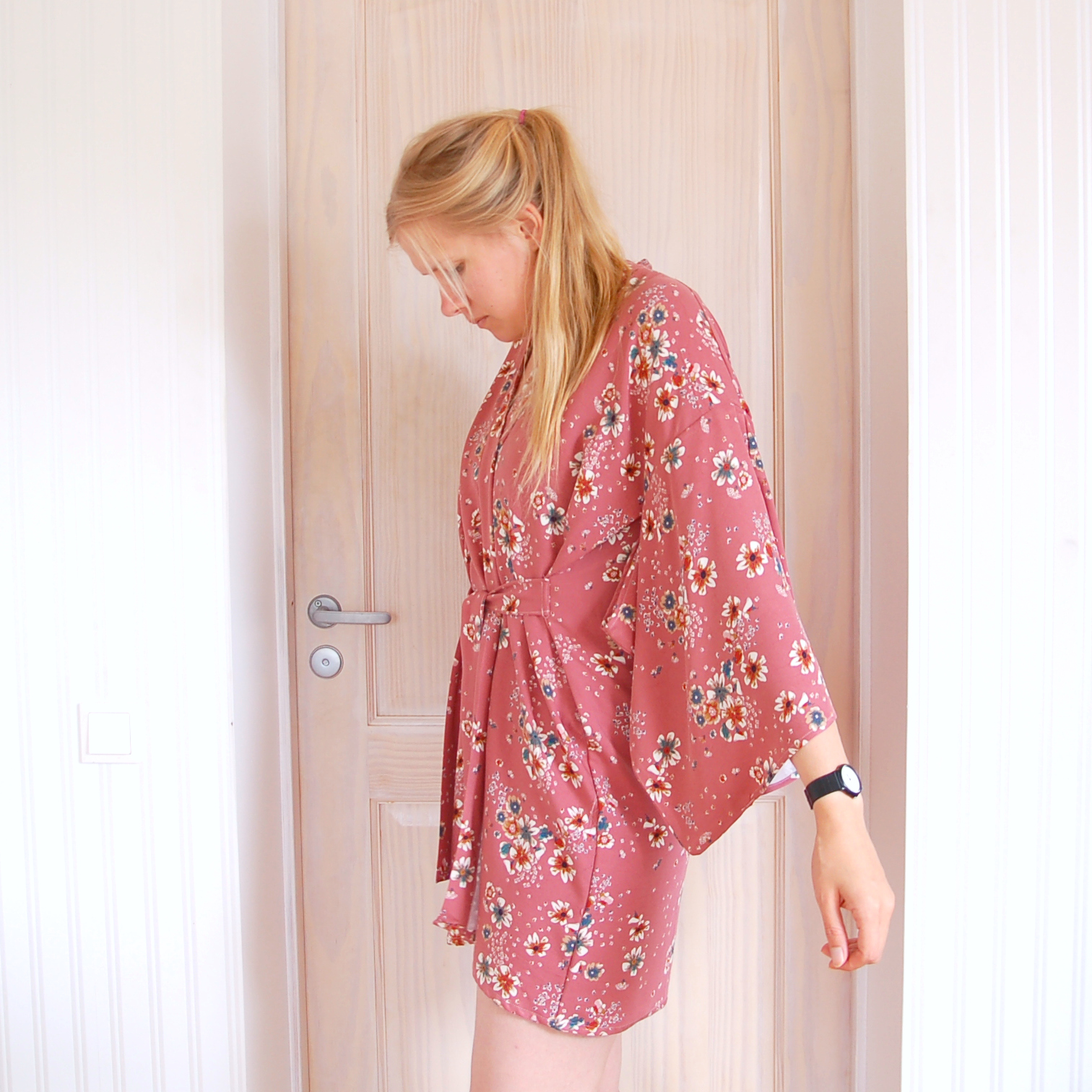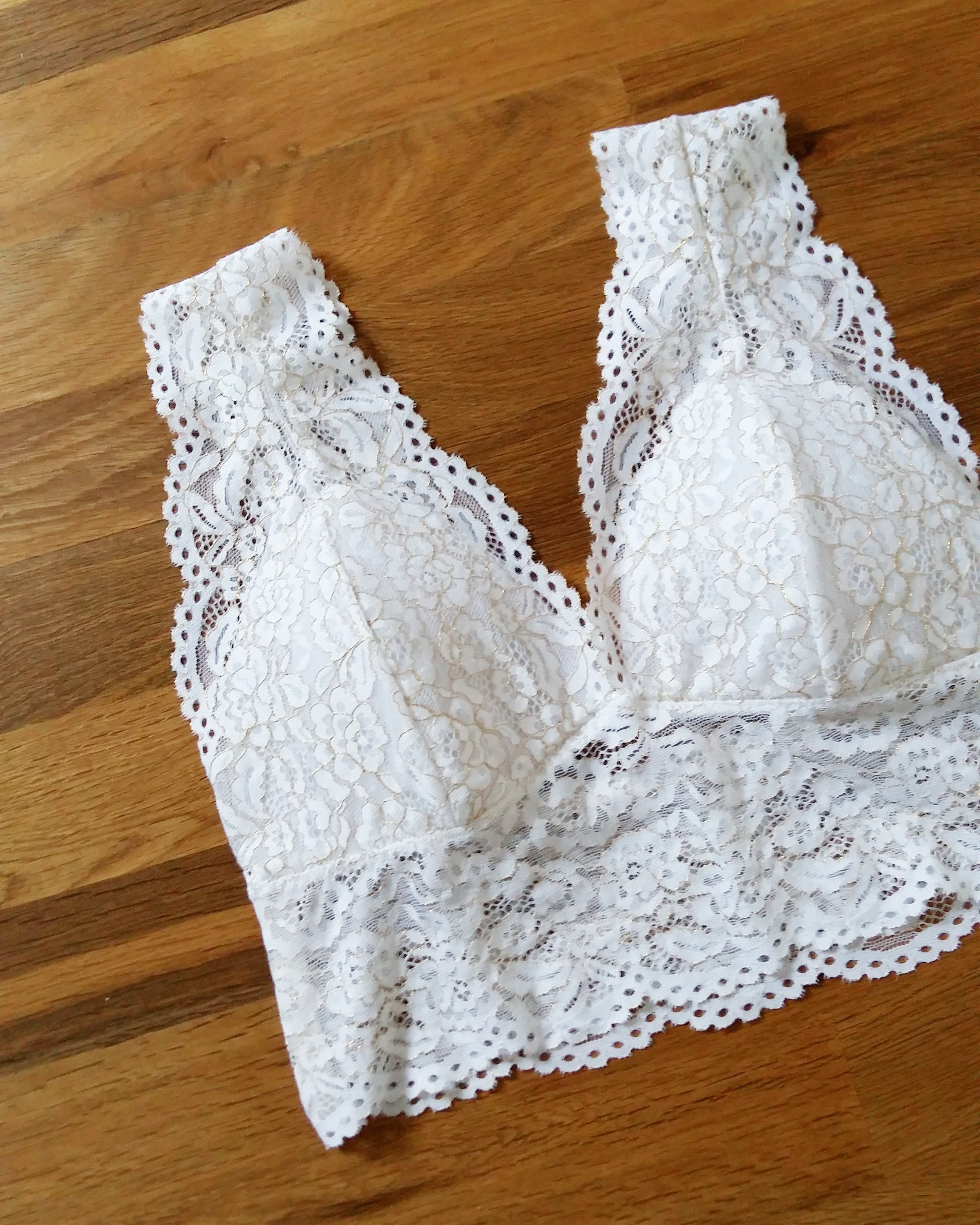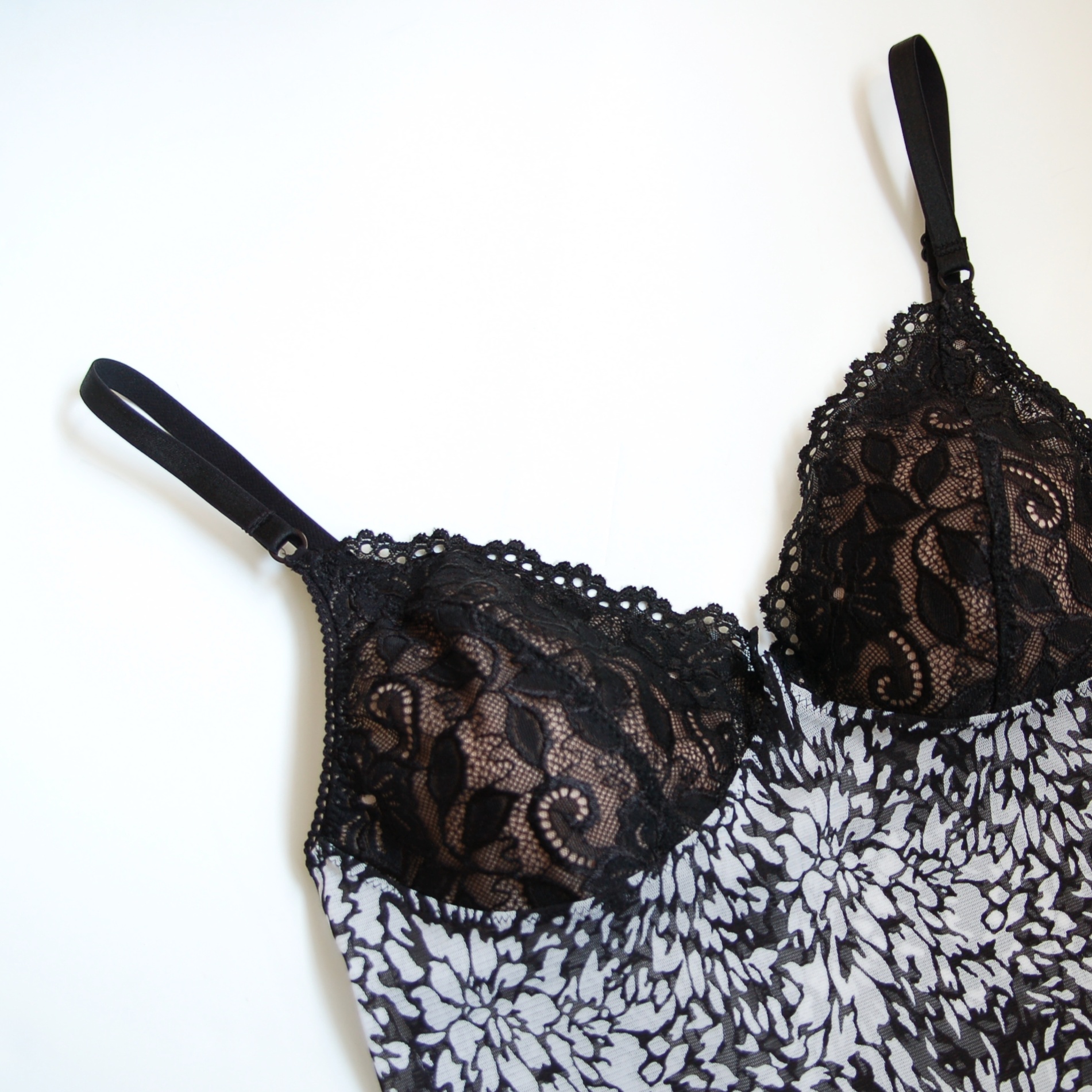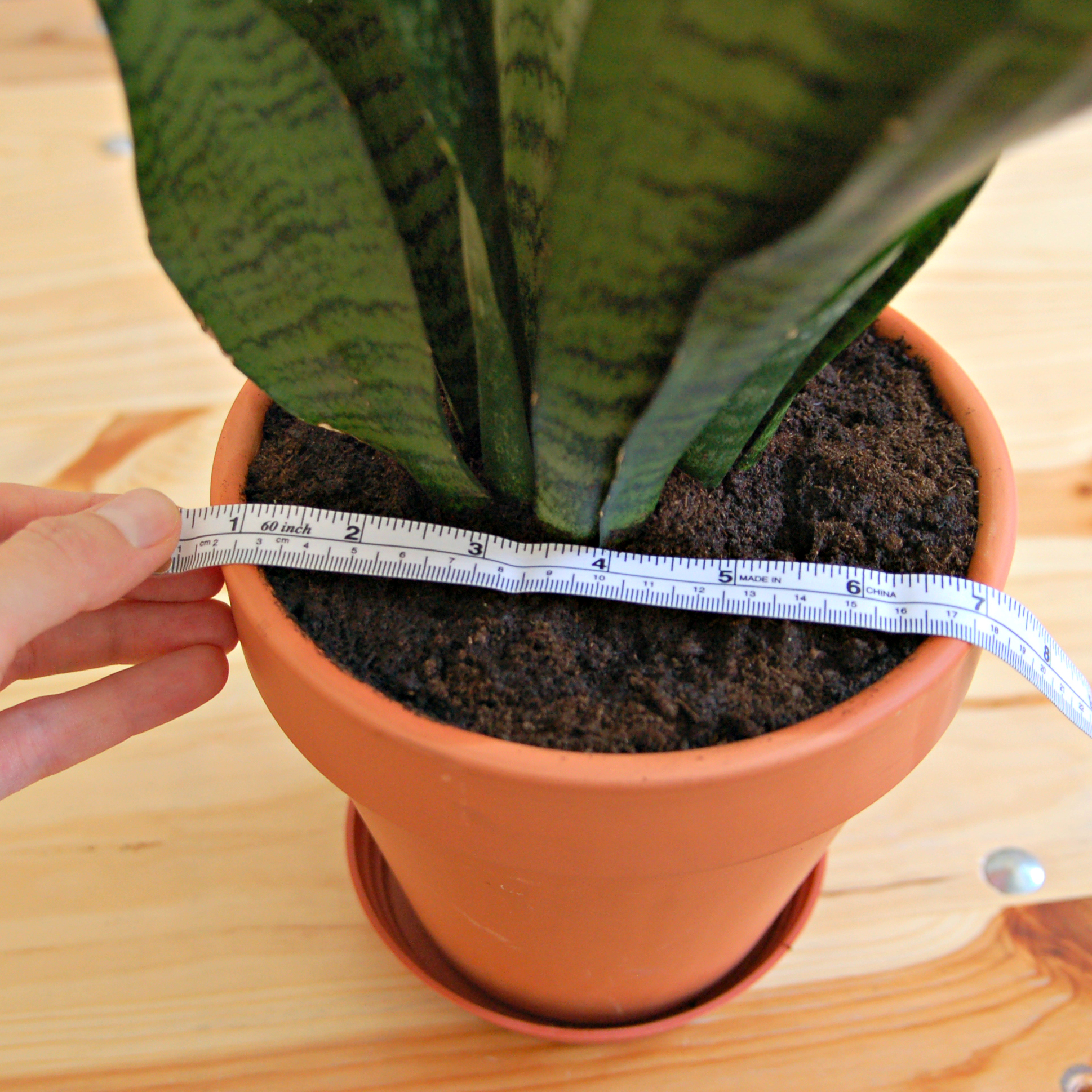Hola! Espero que estés de vacaciones y disfrutando del verano! Yo sigo en el norte un mes más pero mi tienda de materiales de lencería Studio Costura Shop se ha abierto de nuevo para que puedas comprar los materiales. Después de un mes de trabajo (que las vacaciones no significan realmente vacaciones por aquí...) os traigo bastantes novedades y para empezar os quiero contar que cambiamos de país!
Realmente no es tan radical...ya que la tienda es online y Etsy es un mercado mundial, así que no cambia gran cosa. Si me sigues desde hace tiempo sabrás que ya en enero cuando también estuve aquí en Estonia, tenía la tienda abierta y mandé los paquetes de aquí y no de Madrid. También si conoces más de la historia detrás de mi tienda (igual has escuchado el podcast de Maker Style donde conté más sobre eso) sabrás que hay dos partes en el proyecto: una soy yo y otra es mi madre. El proceso hasta ahora era que yo me ocupaba de todo el tema de organizar la tienda y mandar los paquetes desde Madrid y mi madre desde aquí hacía la parte de la contabilidad etc.
Pues ahora lo que cambia es que también vamos a mandar todo desde Estonia, ya no voy a tener materiales en Madrid. En el primer lugar porque es más barato, tanto para nosotras como para vosotras. Al quitar los costes de llevar todo el material a España podemos tener mejores precios para los clientes. Y aparte de eso, el envío es más barato desde aquí también, así que todos ganan. Vale...todos todos no. Para las que estáis en España cambian las cosas un poco. El tiempo de envío es más largo (7-10 días normalmente) y el coste puede estar un poco más caro también. Pero os he hecho unas condiciones especiales comparado con otros países así que pienso que los precios no son desorbitados y tiene sentido seguir comprando en esta tienda :) Yo seguiré contestando a vuestros correos, llevando la cuenta de Instagram y escribiendo posts que espero que te inspiran para probar coser lencería, mi madre os va a preparar los paquetes y manetener los números en orden.
Ahora quería enseñaros algunas novedades que tenemos!
Hey! Hope you are on vacations and enjoying the summer. I'm in North one more month but my lingerie supplies shop Studio Costura Shop is open again so you can buy all the bramaking materials. After a month of work (because here the vacations really aren't so much vacations...) I'm bringing you quite a lot of news and to start with I'd like to tell you guys that we are moving!
Actually it's not so radical as the shop is online and Etsy is a worldwide marketplace, so there will be not so many changes after all. If you've been following along you know that when I was here in Estonia earlier this year I kept the shop open and sent your orders from here and not from Madrid. Also if you know more about this project (if you've for example listened to the Maker Style podcast where I talked a bit more about our story) you remember that there are two parts in it: me and my mother. Until now I was responsible for organizing the shop and shipping your orders in Madrid and she was doing the book keeping etc here.
The news is that now we'll ship everything from Estonia and I won't have more materials to sell in Madrid anymore. First of all, it's cheaper for us and for you too. When there's no extra cost for us to bring out stock to Spain, there will be better prices for our clients. Apart from that, the international shipping rates are slightly cheaper from here so everyone will win. The shipping time will be the same, so nothing changes for our customers out of Spain. I'll continue answering your mails, updating the Instagram account and writing lingerie posts over here that will hopefully inspire you to start bramaking too, and my mother will ship your orders and keep the numbers balanced.
Now let me show you the new stuff I hve for you!
Primero hay un montón de encajes elásticos que son ideales para usar en las braguitas. Por ejemplo braguitas Frankie de Evie la Luve y Celeste de Ohhh Lulu son bonitas muestras de cómo usar este tipo de elástico. Aparte de eso pueden ser un detalle bonito también para blusas lenceras, un camisón etc.
First there are a lot of new narrow elastic lace trims that are perfect for sewing panties. For example Frankie panties from Evie la Luve or Celeste from Ohhh Lulu are pretty samples of ways you could use these laces. They can also be a beautiful detail for tops, nightwear etc.
Los kits para hacerte tu propio sujetador y braguitas siguen estando disponibles en muchos colores, hay varios nuevos también, cómo por ejemplo éste con el encaje beige tan bello o éste con el encaje melocotón, un color realmente bonito.
Si antes los kits llevaban la tela para las braguitas que era de nylon o de poliamida, ahora he cambiado de tela y vienen con punto de viscosa con un poco de elastán. Prefiero personalmente esta tela más natural pero igualmente suave e ideal para las braguitas.
Otro cambio es que ahora viene en los kits el cierre de 2 filas o de 3 filas y no la cinta que puedes cortar tú, así que tienes que elegir eso antes de comprar (el patrón te dice cual necesitas pero sino es muy fácil adaptarlo al tamaño del cierre). También puedes comprar los cierres aparte, que hay varios distintos.
The bramaking kits to make your own bra and panties are available in many colors, there are new ones too, like for example this one in beige with the pretty lace and that peach one with a beautiful color combination.
The kits included a nylon or polyamide fabrics for the panties before but now I've changed that and they now have a viscose jersey knit with a bit of spandex in it. I personally prefer this more natural fiber that is equally soft and perfect for panties.
Another new thing with kits is that they now come with pretreated closures not the bra hook and eye tape like before. You have to choose the size, either 2 or 3 rows when you buy the product (you can see which one you need in your pattern instructions but it's also a very easy adjustment to make if you don't know which size you need). There are also several new closures available now.
Hay un montón de bies elástico nuevo también en la tienda, me gustan mucho estos de dibujitos...tendré que pensar un buen proyecto para ellos :)
Aparte de eso tenemos el forro de lencería (sheer lining, la tela que va a la parte central del sujetador y en las copas) en tres colores con un precio mejor que antes. También he encontrado un tul elástico (stretch mesh) que es super suave y va genial para hacer braguitas.
Y eso, espero que te gusten las novedades y que eches un ojo a la tienda. Para la gente de Madrid: sí que tengo algunos materiales todavía allí así que si te interesa algo en particular, puedes escribirme y podemos concretar algo en septiembre. Hay encajes, telas etc, me puedes preguntar!
There are a lot of new fold over elastics too, I really like the one with small flowers on it...I should think about a project to use this one :)
Apart from that there's sheer lining in three colors with a better price than before. I also found a really nice and soft stretch mesh that would be perfect for sewing panties.
And that's it, hope you liked the new stuff and you'll see everything yourself over at Etsy.
Por lo último, hoy empieza en Instagram el evento que se llama #BRAugust2017 organizado por Ying de Tailor Made Shop. Se trata de subir fotos con un tema diario durante el mes de agosto y todo está relacionado con coser lencería. Os animo a participar aunque sea algún día, además va a haber un montón de sorteos! Studio Costura Shop también va a patrocinar el día 8 y voy a sortear un kit de lencería. Aparte de eso creo que va a haber un montón de inspiración costuril!! Yo voy a participar con la cuenta de Studio Costura Shop si quieres seguirlo :)
Last but not least, today starts an Instagram photo a day challenge called #BRAugust 2017 organized by Ying from Tailor Made Shop. During the month of August there will be daily photo themes to play along, everything is bramaking related. I incourage you to participate, even when you only do it some of the days, tehre will be a lot of give aways too! Studio Costura Shop is sponsoring too and I'll be giving away a bramaking kit on 8th. Apart from that I think there will be so much sewing inspiration!!! I'll participate on the shops account if you'd like to follow along :)
